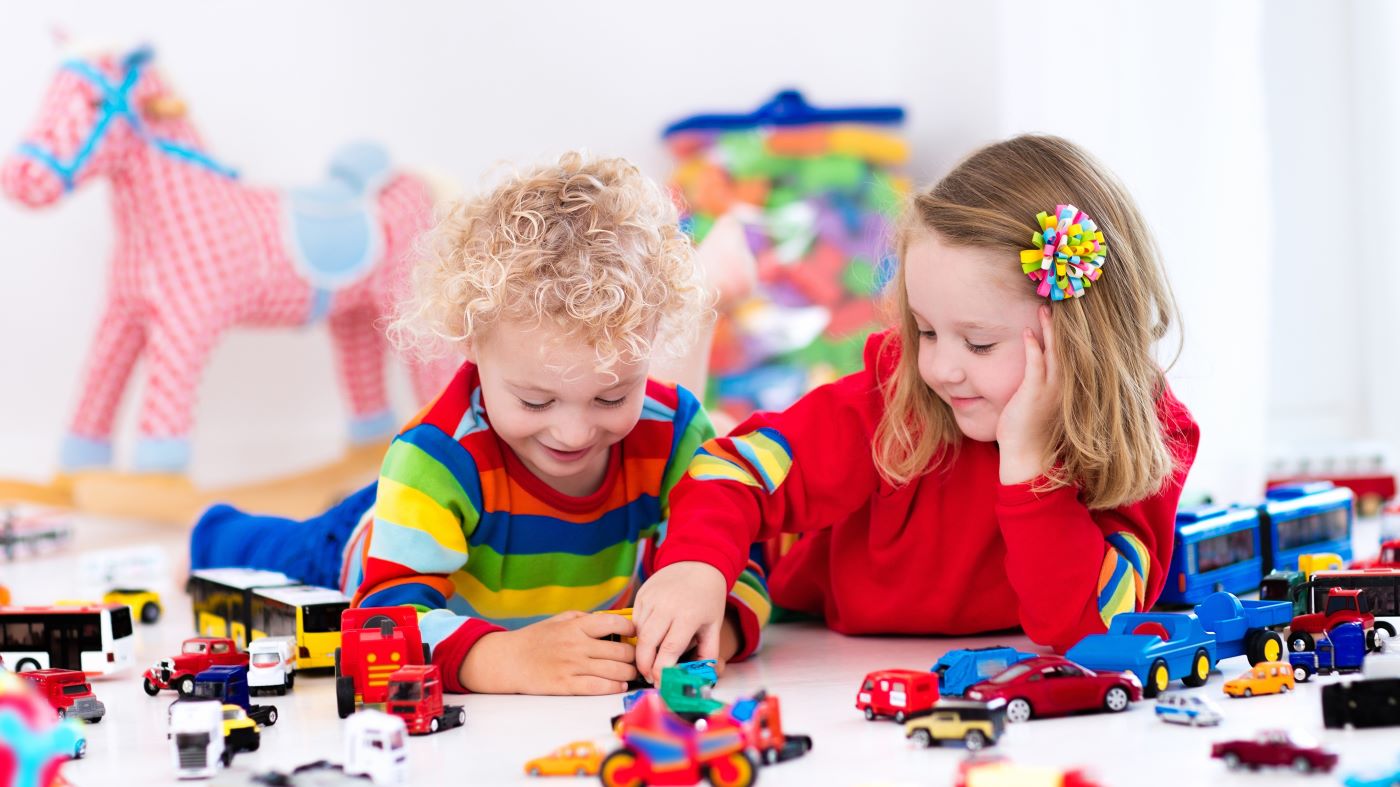Tiny toys, big messes. How to handle the chaos caused by small toys and games

As a parent there is a very definite sense of dread which can emerge when you see a toy with lots of little parts, or just lots of little toys! It can feel much easier to try and avoid having them out, or only allowing them to be played with in very short bursts, but it might help you breathe through the mess to know how brilliant they can be for your child’s fine motor development.
When children play with small, intricate toys, they really begin to challenge their fine motor dexterity and hand-eye coordination. Now your child is a little older, they might be becoming very intrigued by this sort of play as they grow more able to move and organise the small parts of miniature toys.
Of course, small toys can be a choking hazard so make sure your child is not likely to put them in their mouth, and that the toys won’t be a hazard for younger siblings or friends. If this is the case, short supervised play sessions (perhaps using a table or tray to contain the toys) is the way forward.
When it is safe to do so, try to let your child enjoy exploring toys and game which have small pieces or are small themselves. The skills they’re developing as they play might surprise you.
Playing with dolls in a dolls house is a great example, as children need to have developed proprioceptive skills to ensure they don’t knock anything over, as well as using controlled fine motor actions to achieve desired outcomes like putting the dolls to bed or moving the furniture around.
Similarly, using LEGO®, dressing small teddies, building with small or unusually shaped blocks, making pictures from shells or stones, and any other games which involve using lots of fine motor control often require your child to be thinking about problem solving, getting creative with ideas and perhaps planning for a specific goal as well.
Some ways you might find the mess more bearable if it’s tough to contemplate...
If you find the mess needs a bit of containing, try making sure your child has a special spot for the items to live (like a box or bag) and be consistent with ensuring they put the toys away there after the game finishes. For items with lots of parts, it might help to play with them on a large sheet or blanket which can then be folded away with all the items inside – ready to be unrolled and played with another day.